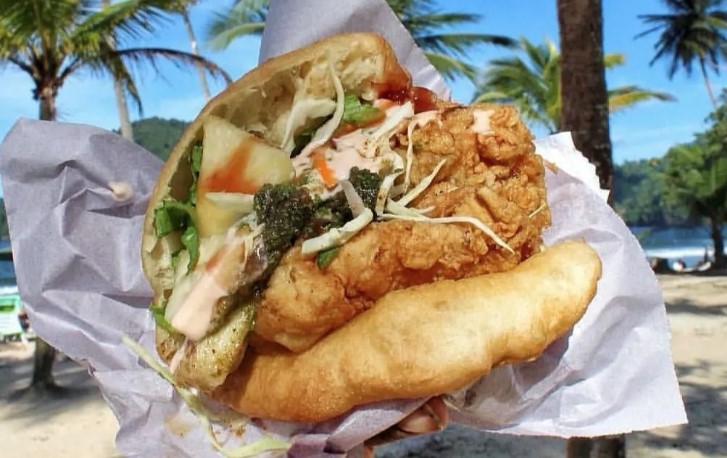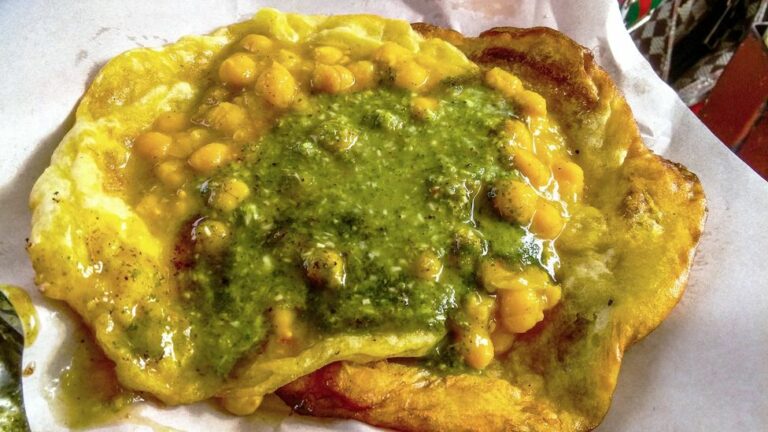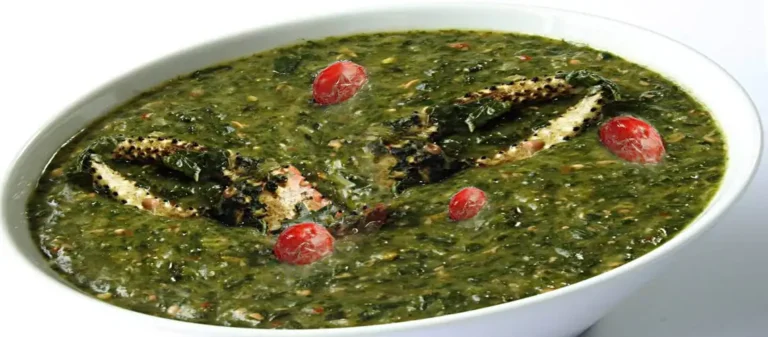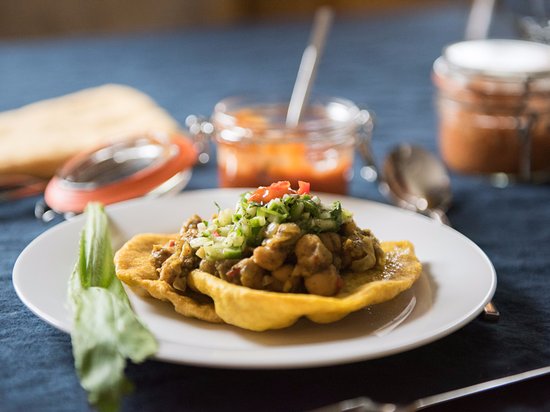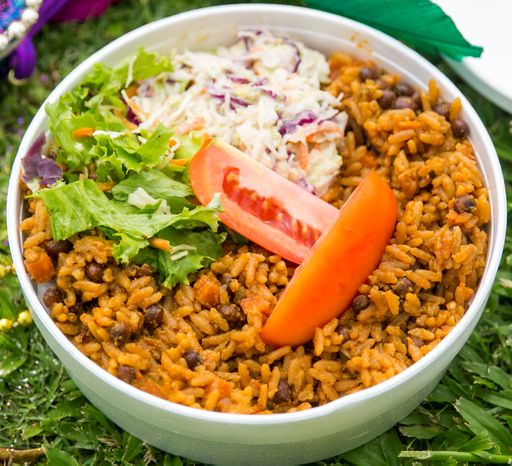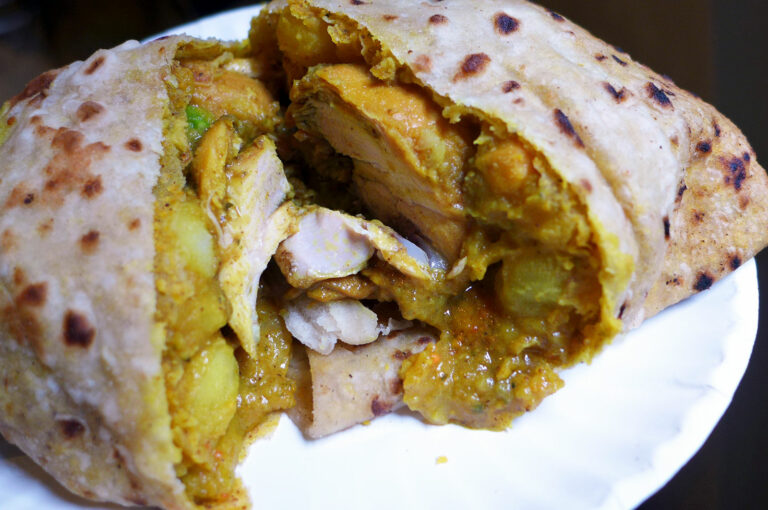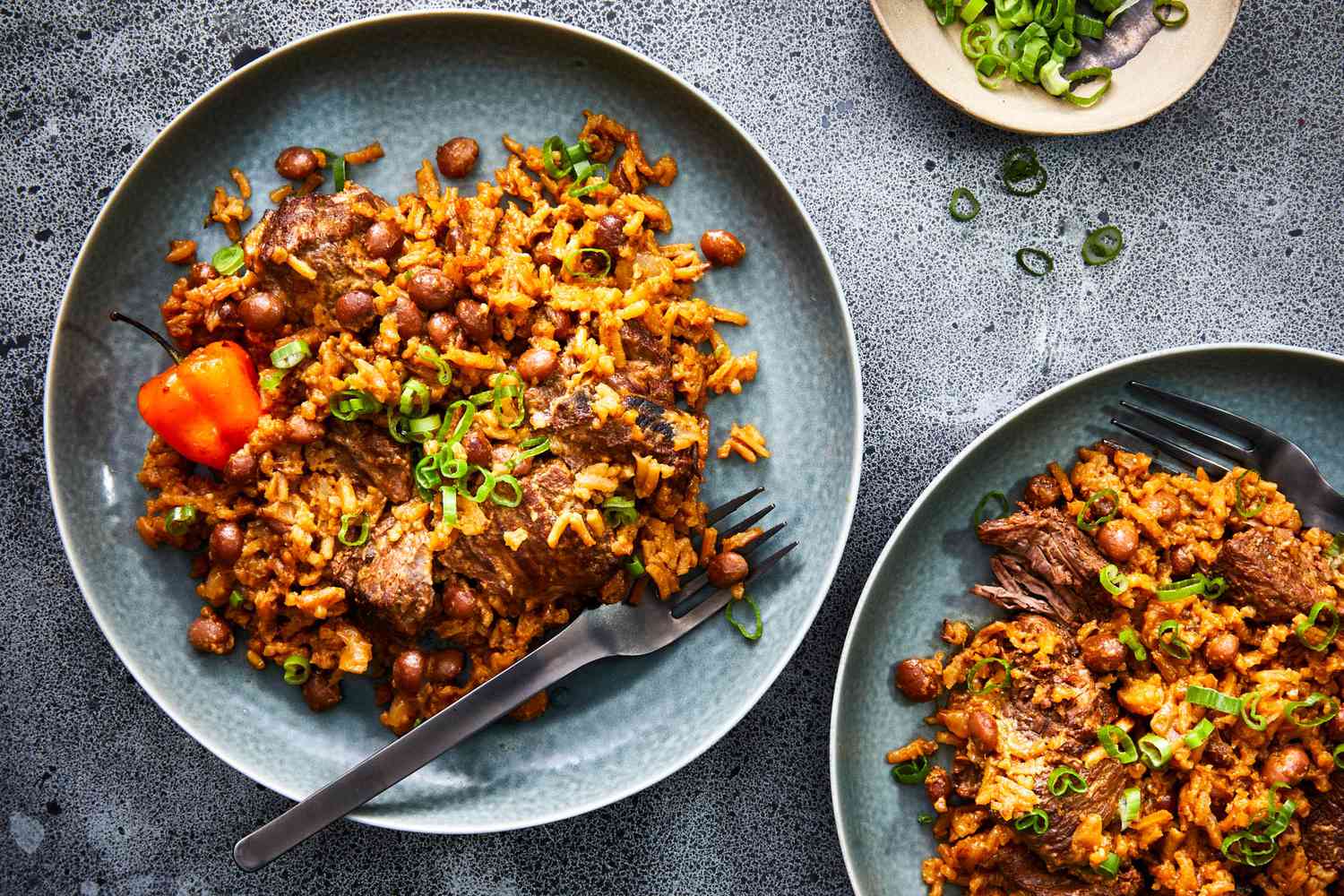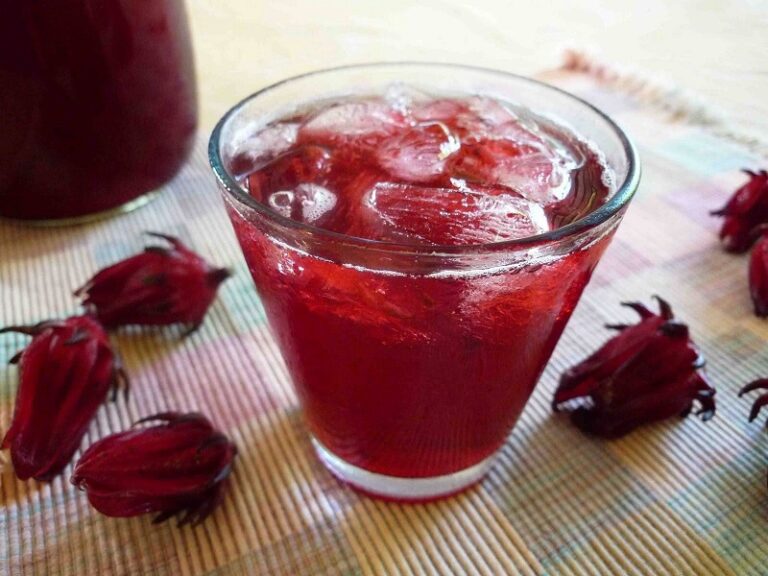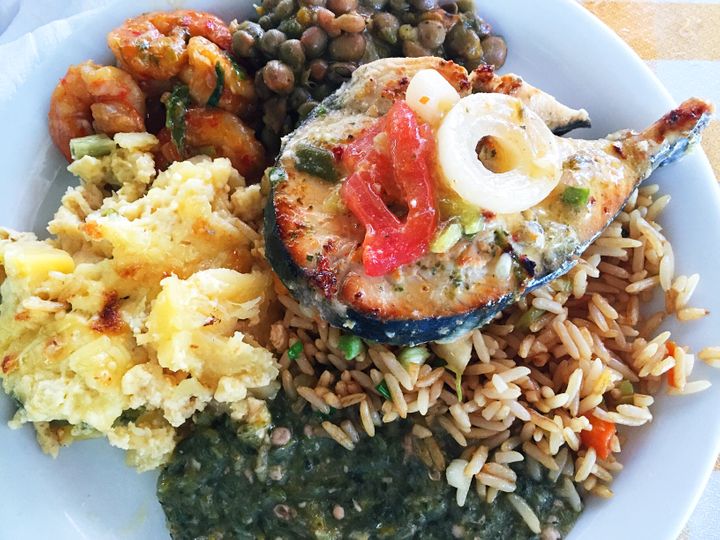Introduction: Exploring Trinidad and Tobago cuisine
Trinidad and Tobago is a small Caribbean nation that is renowned for its vibrant culture, music, and cuisine. The country’s food scene is a melting pot of flavors, influenced by its rich history and diverse population. From savory curries to delectable seafood dishes, Trinidad and Tobago cuisine is a feast for the senses.
Influences on Trinidad and Tobago cuisine
Trinidad and Tobago cuisine has been shaped by a variety of cultural influences over the centuries. The country’s indigenous people, the Amerindians, introduced staples such as cassava and yams to the cuisine. In the 16th century, Spanish colonizers brought with them ingredients such as peppers, tomatoes, and cilantro. Later, other European colonizers, including the British, French, and Dutch, contributed to the country’s culinary landscape. Lastly, the African slaves who were brought to Trinidad and Tobago during the colonial era infused their culinary traditions into the mix.
Key ingredients and dishes in Trinidad and Tobago cuisine
The cuisine of Trinidad and Tobago is characterized by bold flavors, spices, and herbs. Some of the key ingredients in Trinidad and Tobago cuisine include seafood, goat, chicken, beef, and rice. Dishes like pelau, a one-pot rice and chicken dish, and doubles, a popular street food made with fried flatbread and curried chickpeas, are staples of the cuisine. Other beloved dishes include callaloo, a spinach-like vegetable stew, and roti, a flatbread typically filled with curried meat or vegetables.
Unique flavors in Trinidad and Tobago cuisine
Trinidad and Tobago’s cuisine stands out for its unique flavor combinations and use of spices. The country’s national dish, curry goat, is a prime example of this. This dish is made with tender goat meat cooked in a spicy curry sauce that is infused with flavors such as cumin, coriander, and turmeric. Additionally, the use of scotch bonnet peppers, one of the hottest peppers in the world, is common in many Trinidad and Tobago dishes.
Comparing Trinidad and Tobago cuisine to other Caribbean cuisines
While Trinidad and Tobago cuisine shares similarities with other Caribbean cuisines, it also has distinct differences. For example, Trinidad and Tobago’s use of curry powder and other Indian spices sets it apart from other Caribbean countries. Additionally, the country’s street food scene is unique, with dishes like roti and doubles not found in other Caribbean countries. Trinidad and Tobago’s cuisine also has a stronger emphasis on seafood than some other Caribbean nations.
Conclusion: Appreciating Trinidad and Tobago’s culinary diversity
Trinidad and Tobago’s cuisine is a reflection of the country’s rich history and diverse population. The cuisine’s bold flavors, unique spices, and vibrant street food scene make it a standout in the Caribbean. From savory curries to seafood dishes, Trinidad and Tobago’s cuisine is a celebration of diversity and cultural fusion.

